About Windows 8.1 [Install Windows 8. ISO]
Windows 8.1 was the first major update to Windows 8, released by Microsoft in 2013. It aimed to address complaints about Windows 8 and provide refinements to the touch-centric Metro interface. Key new features included the return of the Start button on the desktop, ability to boot straight to the desktop, expanded sizing options for tiles, and enhancements to the built-in apps.
- About Windows 8.1 [Install Windows 8. ISO]
- Windows 8.1 Download Technical Characteristics
- Windows 8.1 Key Features: Explore the Prominent Features of Windows 8
- Windows 8.1 System Requirements For Download Windows 8 ISO File
- How to Free Download Windows 8.1 Full Version [Clean Install Windows]
- How to Open ISO Files?
- Activation Keys for Windows 8.1
- Alternatives to Microsoft Windows 8.1
- FAQ
- Conclusion
Multitasking was improved through new snap views to run apps side-by-side and show more than two at once. Internet Explorer 11 brought faster page load times and HTML5 support. For enterprises, Windows 8.1 added expanded BYOD management, Workplace Join, and enterprise data protection.
Support for smaller 7″ – 8″ tablets was introduced as well. Overall, Windows 8.1 refined the interface for hybrid devices, while keeping the core of Windows 8 intact. It served as an intermediate update before the subsequent launch of Windows 10.
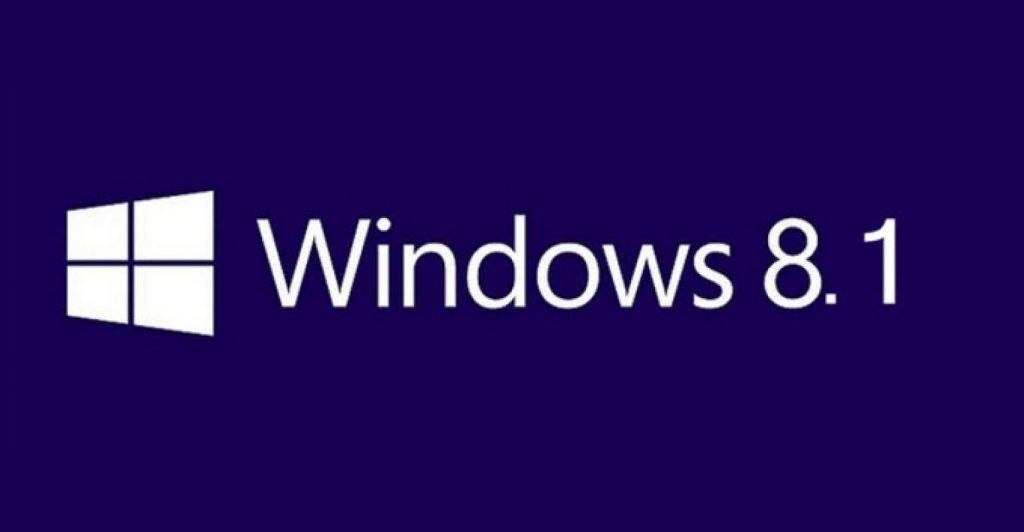
Windows 8.1 Download Technical Characteristics
- Architecture – Available in both 32-bit (x86) and 64-bit (x64) architectures.
- File system – Default NTFS file system with ReFS option for high performance servers. Also supports FAT32.
- Processor support – Works on x86/x64 processors from Intel, AMD, Qualcomm, etc. Minimum 1 GHz 32-bit or 64-bit CPU required.
- Memory – Requires minimum 1 GB RAM (32-bit) or 2 GB RAM (64-bit). 4 GB recommended for best performance.
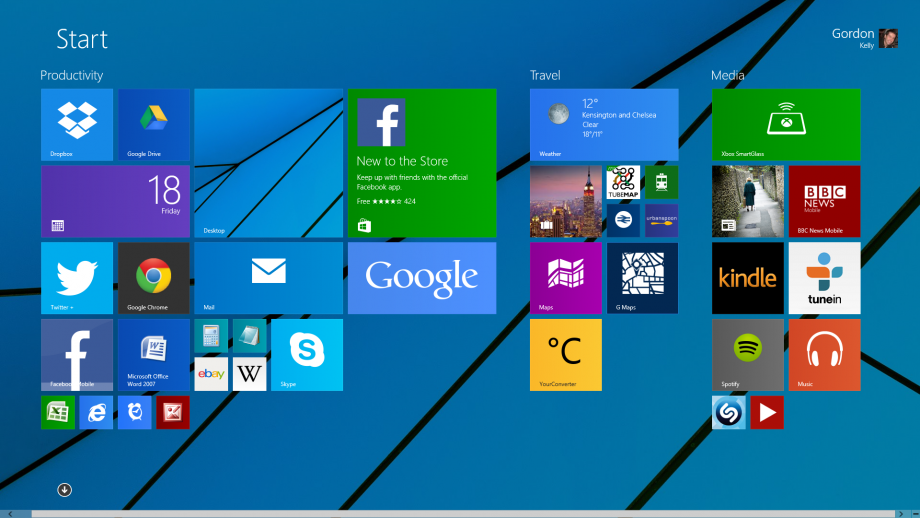
Windows 8.1 Key Features: Explore the Prominent Features of Windows 8
Advantages of Windows 8.1: Benefits and strengths of using Windows 8.1
- Touchscreen optimization – The Metro interface was designed for touch input using tiles, gestures and immersive full screen apps.
- Enhanced boot time – Windows 8 booted much faster thanks to under-the-hood optimizations.
- Improved security – Additions like Windows Defender, Secure Boot, BitLocker, and SmartScreen provided better protection.
Disadvantages of Windows 8.1
- Reduced desktop functionality compared to Windows 7. The desktop in Windows 8.1 feels like an afterthought compared to the Metro interface. Some power users felt desktop functionality was reduced.
- No Start button or menu by default. Windows 8.1 originally did not have a Start button or menu like previous versions of Windows, though this was added back in later updates.
- Designed mainly for touchscreen devices. While Windows 8.1 works with mouse/keyboard, the interface was designed primarily for touch. Non-touchscreen desktop users may find it awkward.
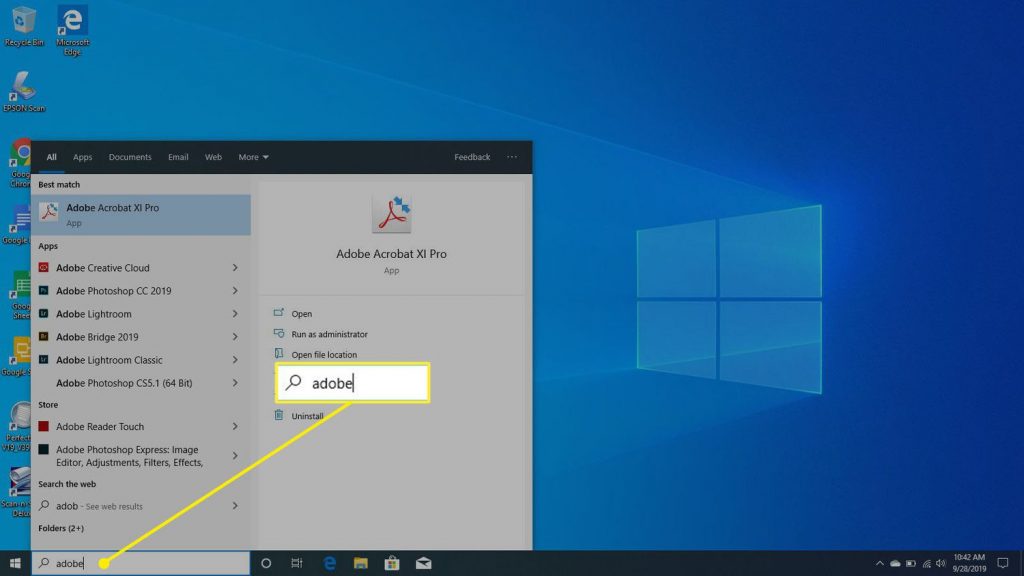
Windows 8.1 System Requirements For Download Windows 8 ISO File
- Processor: 1 GHz or faster processor or SoC. Dual-core processor recommended.
- RAM: 1 GB for 32-bit or 2 GB for 64-bit.
- Hard disk space: 16 GB for 32-bit OS or 20 GB for 64-bit OS.
- Graphics card: Microsoft DirectX 9 graphics device with WDDM 1.0 or higher driver.
- Display: 1024 x 768 screen resolution.
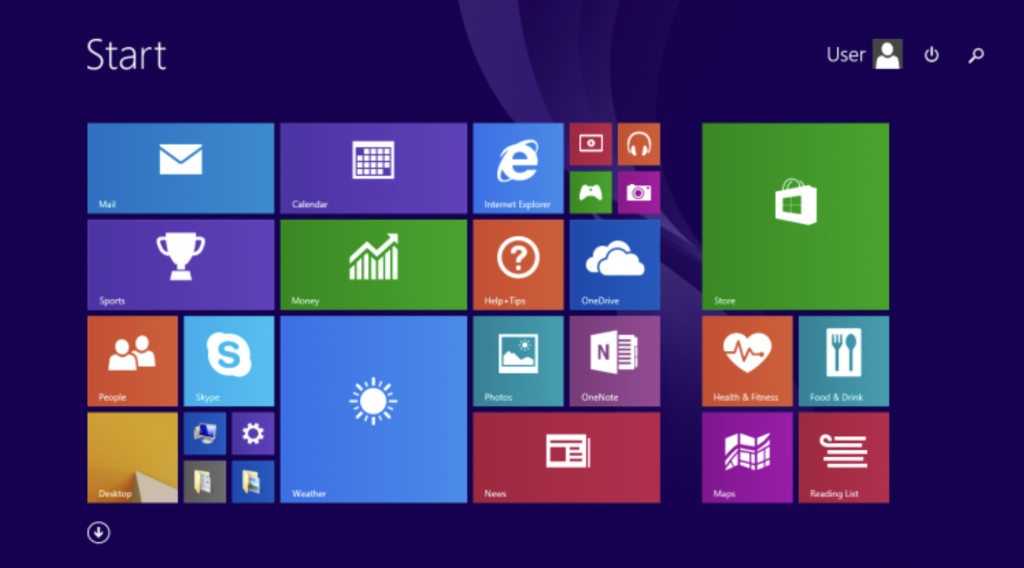
How to Free Download Windows 8.1 Full Version [Clean Install Windows]
- Backup data and software.
Backup any important data, files, photos etc from your system before installing Windows 8.1. Also backup software licenses and keys.
- Download Windows 8.1 ISO.
Legally download a Windows 8.1 ISO file from Microsoft’s website or a legitimate third party source. Make sure it is the full retail version, not an upgrade.
- Create bootable installation media.
Use the ISO file to create a bootable USB drive or DVD. Tools like Rufus or Microsoft’s Media Creation Tool can do this.
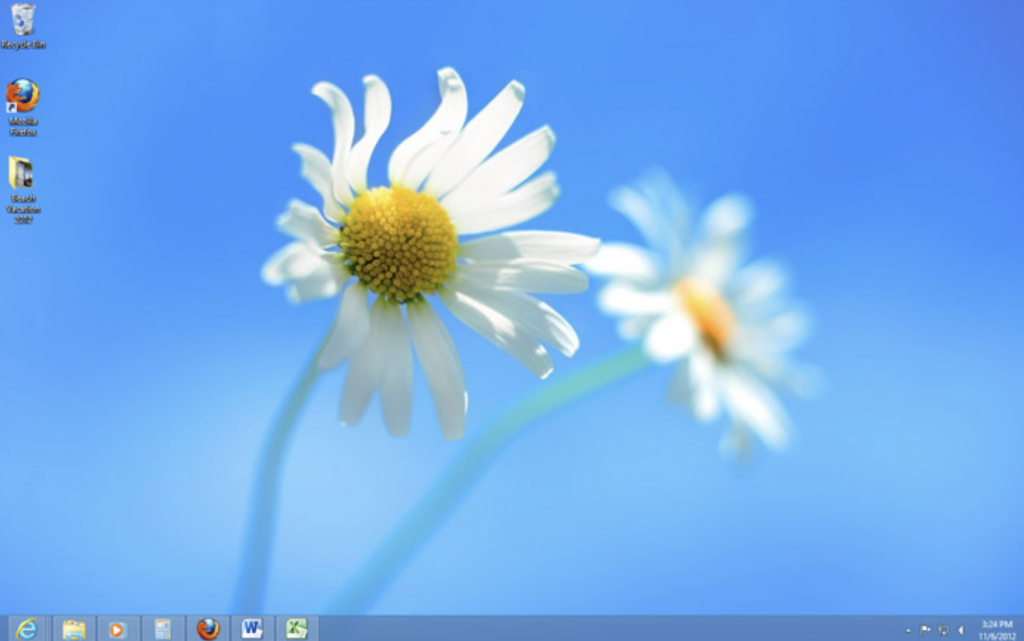
How to Open ISO Files?
Software like 7-Zip on Windows or Archive Utility on Mac can read and open ISO files and access files within them.
Activation Keys for Windows 8.1
- 334NH-RXG76-64THK-C7CKG-D3VPT.
- KBN88-BYDXD-X6HQ7-3KHFC-W2M93.
- HMCNV-VVBFX-7HMBH-CTY9B-B4FXY.
- DDTRW-HNDHV-KP2J7-BJRGG-RRFX3.
- GCRJD-8NW9H-F2CDX-CCM8D-9D6T9.
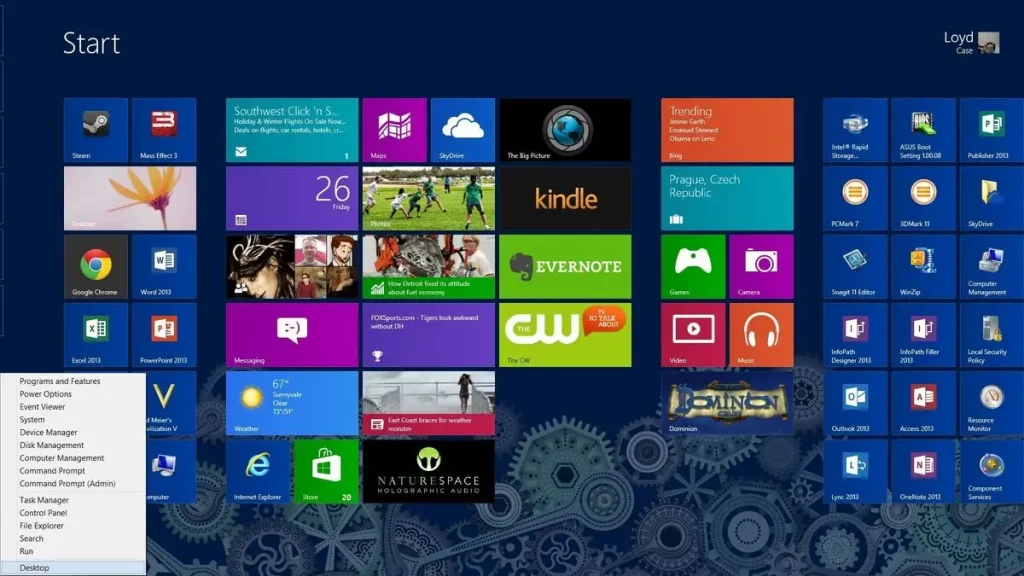
Alternatives to Microsoft Windows 8.1
- macOS (Mac OS X) – Apple’s proprietary operating system for Macintosh computers. Known for intuitive UI, stability and seamlessness between Mac devices.
- Linux Distributions – Free and open source Linux OS like Ubuntu, Fedora, Mint, etc. Highly customizable, many interface options, good community support.
- Chrome OS – Google’s lightweight OS designed for Chromebook laptops and web-based computing. Reliant on internet connectivity and web apps.

FAQ
A. Some of the major new features in Windows 8.1 64 bit include the Start button, boot to desktop, snap views for multitasking, enhanced search, new customization options, improved apps and Windows store, and under-the-hood performance and security enhancements.
A. Yes, the upgrade from Windows 8 to Windows 8.1 via the Windows Store is free. You can upgrade to get the latest features and improvements.
A. Yes, you can perform a clean install of Windows 8.1 on a computer currently running Windows XP, Vista or 7. However, you need to check that your hardware meets the minimum system requirements in terms of RAM, processor, graphics etc.
Conclusion
In conclusion, the 64-bit version of Windows 11 is a significant improvement over its predecessor. This new product offers enhanced performance and better compatibility with modern hardware. To unlock the full potential of Windows 11, users will need a valid product key.
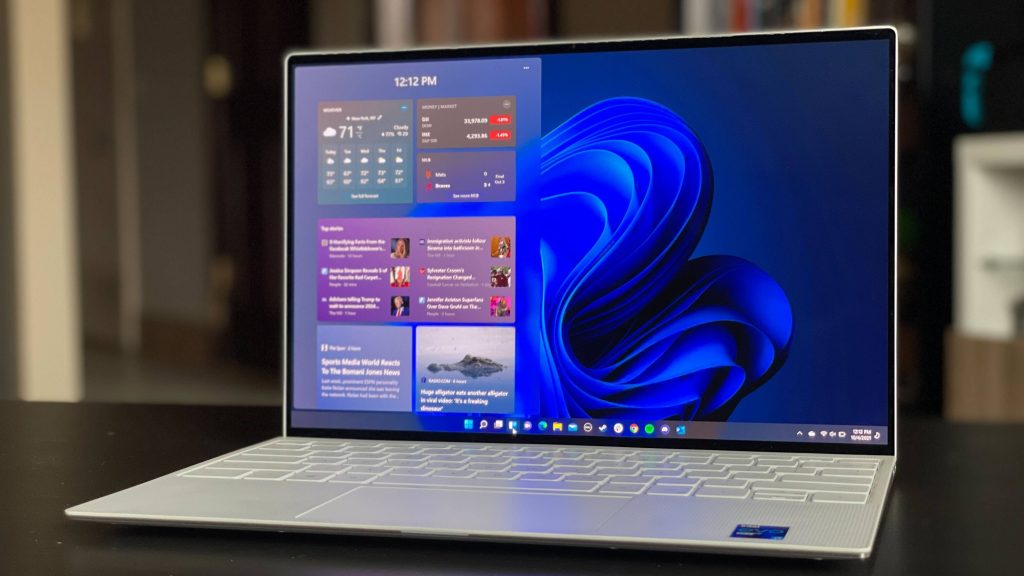
This key is necessary to activate and validate the operating system, ensuring a genuine and secure experience. The product key serves as a unique identifier that confirms the authenticity of the user’s copy of Windows 11.
With the key, users gain access to all the features and benefits of this advanced operating system, creating a seamless and efficient computing environment.
![✅ Windows 8.1 Download for Free Full Version - Get Windows 8.1 Pro ISO File Free Download and Install, Zero Charges, No SMS [Direct download Links] Tech Mine All Soft](https://techaminesoftreview.com/wp-content/uploads/2023/09/techamine-302x97.jpg)